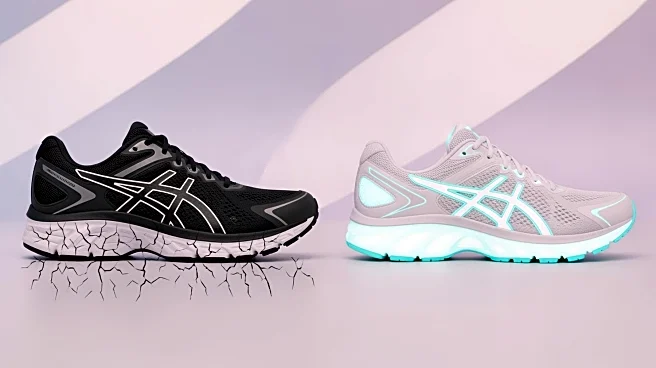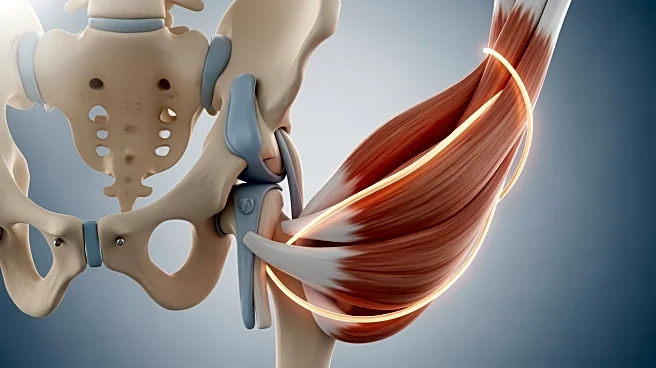What's Happening?
Recent research published in BMJ Open Sports & Exercise Medicine has found that women's running shoes are often designed by modifying men's shoes, which fails to meet women's specific anatomical and biomechanical needs. The study highlights the inadequacy of the 'shrink it and pink it' approach, where manufacturers simply reduce the size and change the color of men's shoes for women. The research involved 21 female runners who expressed a need for shoes with wider toe boxes, narrower heels, and more cushioning. The study calls for the footwear industry to develop gender-specific designs that cater to women's unique foot morphology and preferences.
Why It's Important?
This study underscores the importance of gender-specific design in sports equipment, which can significantly impact athletic performance and injury prevention. The findings suggest that the current approach to designing women's running shoes may contribute to discomfort and injuries, affecting female athletes' performance and participation in sports. By addressing these design gaps, the footwear industry can enhance comfort and safety for women, potentially increasing their engagement in running and other athletic activities. This shift could also lead to broader discussions on gender equity in sports and product design.












